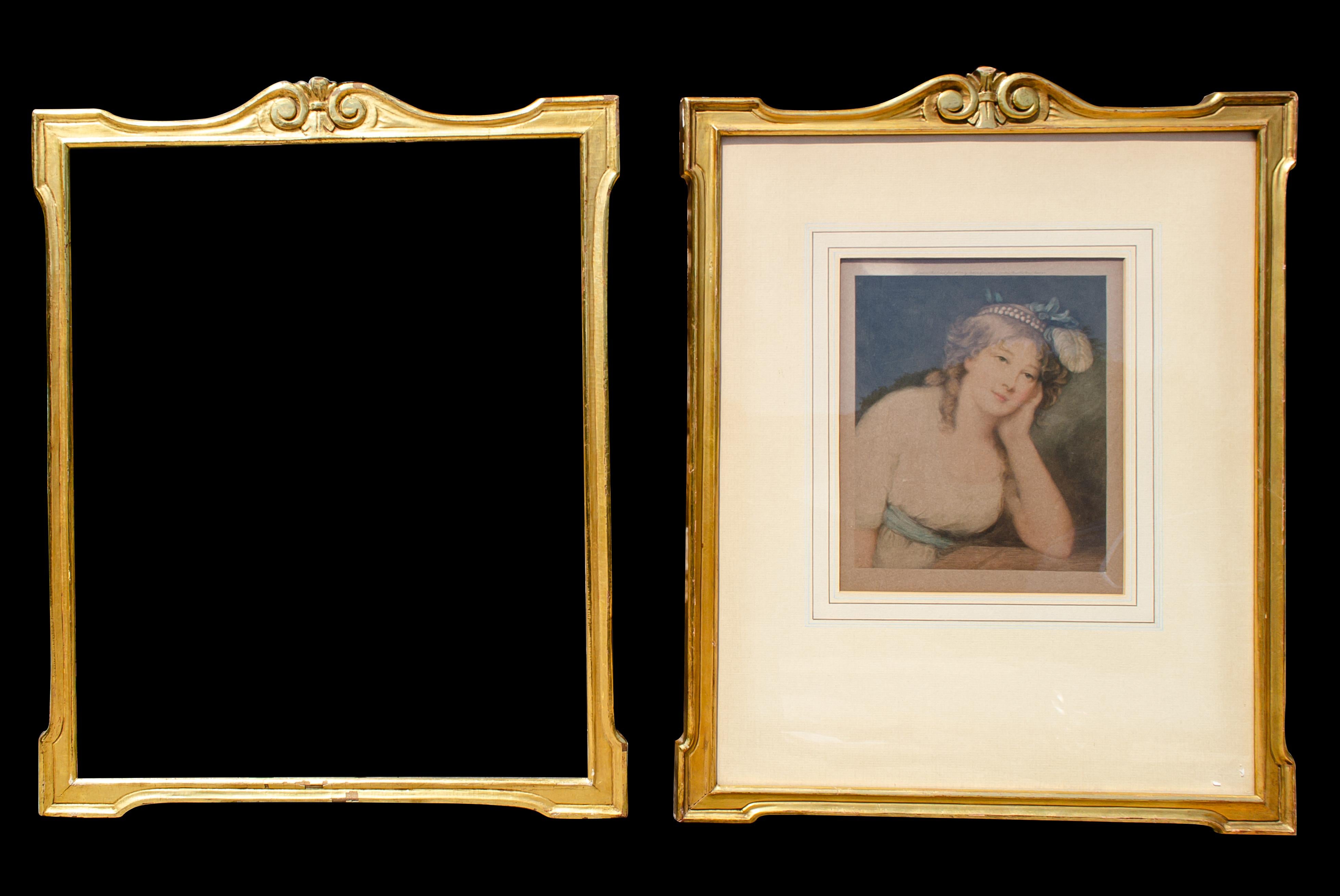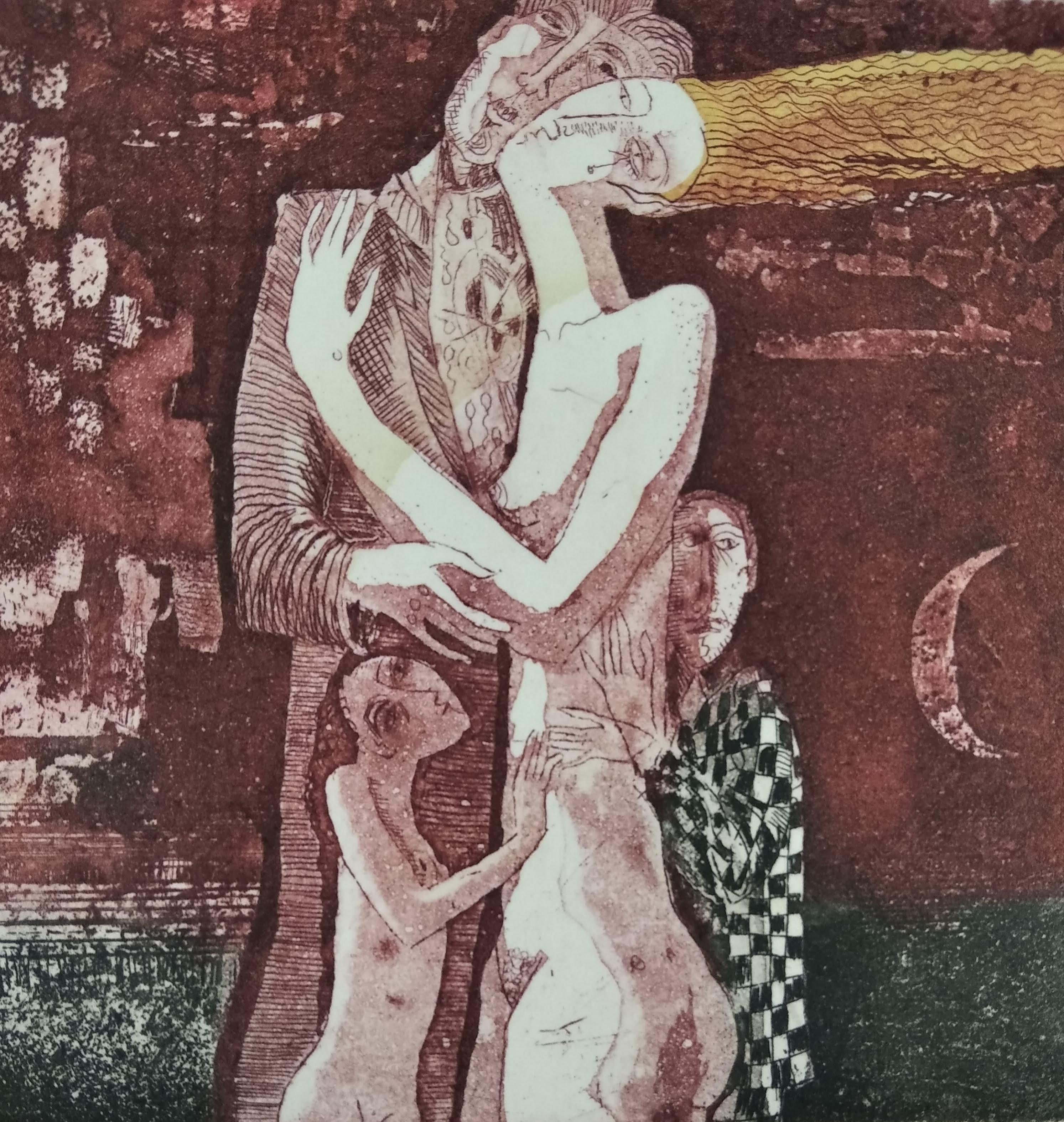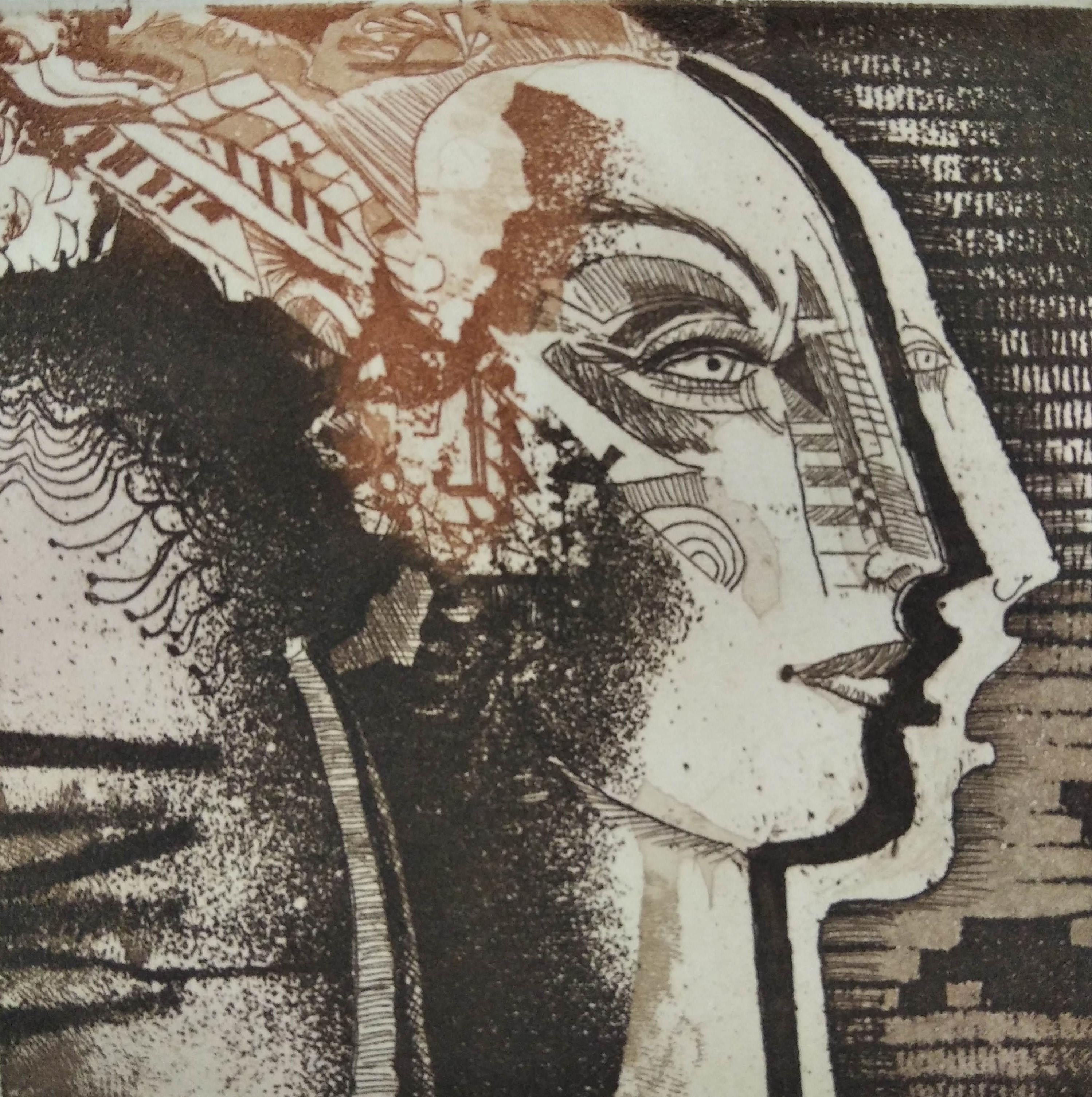Items Similar to After Sir Joshua Reynolds, 18th Century Mezzotint Portrait of John Hely-Hutchins
Want more images or videos?
Request additional images or videos from the seller
1 of 5
UnknownAfter Sir Joshua Reynolds, 18th Century Mezzotint Portrait of John Hely-Hutchins1778
1778
About the Item
A scarce mezzotint engraved by James Watson published in May,1778. Proof before title; the image has maintained is rich dark tonality.
John Hely-Hutchinson (1724-1794) was a politician, lawyer and Provost of Trinity College, Dublin. Born in Gortroe, County Cork in 1724, he graduated from Trinity College in 1744, and swiftly built up a good practice at the Bar. From 1760 until his death he represented Cork in Parliament. Promotion to the post of Prime Serjeant followed in 1761 and on most issues he supported the Government, and acquired several lucrative offices. His appointment as Provost of Trinity as a married layman who had not been a Fellow was a continued source of friction as the Fellows resented the imposition of what they perceived as a career politician with no pretensions to scholarship. He was sympathetic to Catholic Emancipation and advocated the end of educational discrimination against Catholics.
Dimensions refer to size of frame.
- Creation Year:1778
- Dimensions:Height: 21.5 in (54.61 cm)Width: 16.5 in (41.91 cm)Depth: 1.5 in (3.81 cm)
- Medium:
- Movement & Style:
- Period:
- Condition:
- Gallery Location:London, GB
- Reference Number:
About the Seller
No Reviews Yet
Vetted Seller
These experienced sellers undergo a comprehensive evaluation by our team of in-house experts.
1stDibs seller since 2019
9 sales on 1stDibs
- ShippingRetrieving quote...Ships From: London, United Kingdom
- Return PolicyA return for this item may be initiated within 14 days of delivery.
More From This SellerView All
- After A Bust by J. Nollekins, 19th Century Mezzotint of The Marquess WellesleyLocated in London, GBMezzotint engraved by John Young, January 1820, from a drawing by George Antoine Kernan. Richard Colley Wesley, later Wellesley, 1st Marquess Wellesley (20 June 1760 – 26 September ...Category
Early 19th Century English School Portrait Prints
MaterialsMezzotint
- A 19th Century Reverse Glass Print Depicting The Death of Lord NelsonLocated in London, GBAn early nineteenth century reverse glass print after J Seymour, depicting and inscribed “Death of Lord Nelson Octr 21. 1805” Housed in an ebonise...Category
19th Century Other Art Style Portrait Prints
MaterialsGlass
- A 19th Century Reverse Glass Print Depicting Lord Nelson Commanding The VictoryLocated in London, GBAn early nineteenth century reverse glass print after J Seymour, depicting and inscribed, “Lor Nelson Commanding The Victory Octr. 21 1805”. House...Category
Early 19th Century Other Art Style Portrait Prints
MaterialsGlass
- Regency Period Engraving of a Prize BullLocated in London, GBA Regency Period engraving depicting a prize bull and set within an ebonised and parcel gilded frame. Bearing the inscription: “PORTRAIT of the SHORT HORNED BULL...Category
Early 19th Century Other Art Style Animal Prints
MaterialsPaper, Ink
- A Pair of Pastels -Hebe and GanymedeLocated in London, GBAttributed to Johann Heinrich Schröder (1757-1812) Hebe and Ganymede circa1800 A pair of pastels on paper; held in ebonised frames The German artist, Johann Heinrich Schröder was born in Meining in 1757 and studied at the Academy of Painting and Sculpture in Kassel under Johann Heinrich-Tischbein (1722-1789). He undertook study tours to England and the Netherlands where he portrayed members of the royal families and on his return to Germany was quickly employed by various courts, becoming the favoured royal portraitist of the Duke of Brunswick. He worked mainly in pastels – producing lively, colourful images – and was the best German artist of his time using this technique. Though not typical for the artist, these mythological figurative works exhibit very similar qualities that make it likely that they are by him, or at the very least, an extremely talented colleague working closely in his circle. Many slightly different versions of the classical myth exist but in essence the pastels simply depict both Hebe and Ganymede as cup-bearers to the Gods: Hebe, the daughter of Juno, and goddess of youth, vacated this position on becoming the wife of Hercules or possibly was dismissed as a consequence of a fall she met with when in attendance on the gods. Her successor was Ganymede, a Trojan boy, whom Jupiter, in the disguise of an eagle, seized and carried off from the midst of his play-fellows on Mount...Category
Early 19th Century Other Art Style More Art
MaterialsPastel
- 20th Century Oil Depicting a FigLocated in London, GBA mid-twentieth century oil on canvas, depicting a fig amongst foliage, painted in imitation of a Renaissance fresco.Category
20th Century Naturalistic Still-life Paintings
MaterialsCanvas, Oil
You May Also Like
- Two Handcrafted Foster Brothers Frames with Mezzotint by William HendersonLocated in Larchmont, NYTwo Hand Crafted Foster Brothers Frames, Gilded, c. 1920 Wood and gold leaf 22 7/8 x 18 x 3/4 inches each Note: One frame contains a mezzotint by William Henderson. Established by S...Category
1920s Portrait Prints
MaterialsGold Leaf
- J Haid, Martin Van Meytens, Engraving, Portrait Count Ferdinand PlettenbergLocated in Greven, DEJohann Jakob Haid (1704-1767), engraver Johann Stenglin (1715-1770), engraver Martin van Meytens (1695-1770), inventor Ferdinand Count of Plettenber...Category
18th Century Baroque Portrait Prints
MaterialsEngraving
- UntitledLocated in Barcelona, ESIncludes a Certificate of AuthenticityCategory
1990s Abstract Geometric Portrait Prints
MaterialsEngraving
- UntitledLocated in Barcelona, ESIncludes a Certificate of AuthenticityCategory
1990s Post-Modern Portrait Prints
MaterialsEngraving
- UntitledLocated in Barcelona, ESIncludes a Certificate of AuthenticityCategory
1990s Post-Modern Portrait Prints
MaterialsEngraving
- UntitledLocated in Barcelona, ESIncludes a Certificate of AuthenticityCategory
1990s Feminist Portrait Prints
MaterialsEngraving
Recently Viewed
View AllMore Ways To Browse
Catholic Portrait
Lawyer Portrait
Antique Swift
Antique Catholic Prints
James Watson
Antique Prints Dublin
Joshua Lawyer
Crown Tart
Arthur William Heintzelman. On Sale
Berta Dress
Erte Seasons
Gustavo Montoya On Sale
Shepard Fairey Ali
Bernhard Jager
Banksy Pulp Fiction
Clown Neon
Loud Speakers
John George Brown On Sale




